As seen on BBC Click
Our mission is to revolutionize healthcare by providing cutting-edge diagnostic solutions that empower individuals and healthcare professionals to make informed decisions about their health.
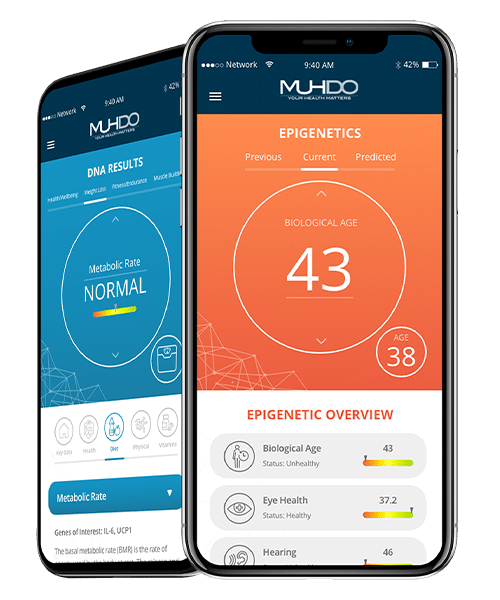


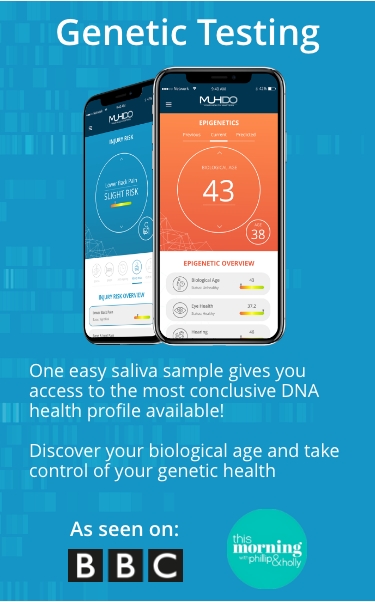

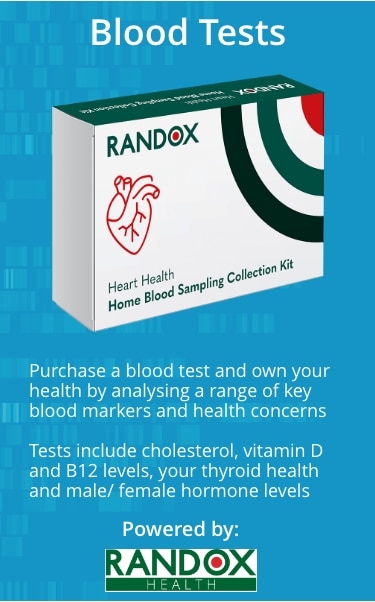

You get everything in DNA Lite as well as
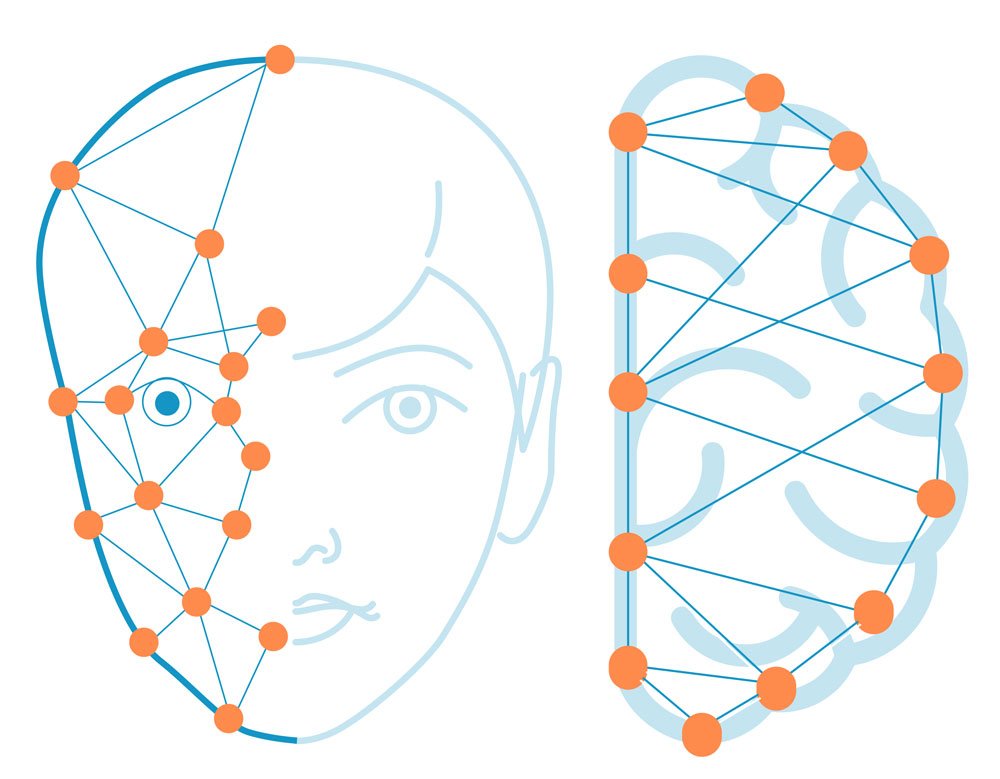
Discover 12 key skincare factors using the latest AI technology. Help improve your skins health and appearance.
Calculate the rate at which your brain and cognitive health are functioning and perform regular Brain training exercises.

By taking a photo of your face through the Muhdo app we analyse 12 key skincare factors through the latest AI technology such as hydration, skin tone, wrinkles and perceived skin age.
This provides you with a fantastic amount of information to help you improve your skins health and appearance.
Uncover new Health Insights with a monthly subscription to DNA 12.
Over 40 new health aspects are available – with new aspects released each month for the duration of your subscription.
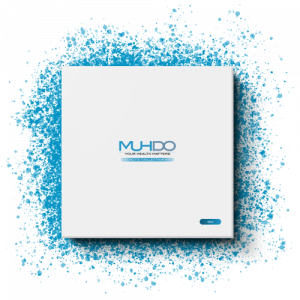
Your entry into the world of DNA discovery. Uncover the truth about your body.
100+ DNA Health Insight Reports, plus a DNA aligned workout planner and My Training Area including a huge video library.
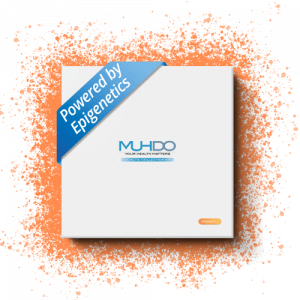
Go beyond genetics with Epigenetics. Track how your lifestyle affects your genes!
Our complete genetic wellness package, discover and lower your biological age and reverse the effects of cellular ageing.

Uncover new Health Insights with a monthly subscription to DNA 12.
Over 40 new health aspects are available – with new aspects released each month for the duration of your subscription.

Discover 12 key skincare factors using the latest AI technology. Improve your skins health.
Calculate the rate your brain and cognitive health are functioning and perform regular Brain training exercises.
Trains and strengthens essential cognitive abilities in a professional way. Comprehensive report of results, progress, and evolution.



Muhdo has partnered with AVRO Health – your trusted supplier for wellness on the go!
Muhdo has partnered with AVRO Health – your trusted supplier for wellness on the go!
Trains and strengthens essential cognitive abilities in a professional way. Comprehensive report of results, progress, and evolution.



Muhdo has partnered with Randox Health to offer our customers a whole range of at-home health blood tests*

Muhdo has partnered with Randox Health to offer our customers a whole range of at-home health blood tests*
By taking a simple photo of your face through the Muhdo app we analyse 12 key skincare factors such as hydration, skin tone, wrinkles, pores, acne, eye bags and perceived skin age, which has crucially been trained on millions of skin and face images with the latest AI technology.
This provides you with a fantastic amount of information to help you improve your skins health and appearance.
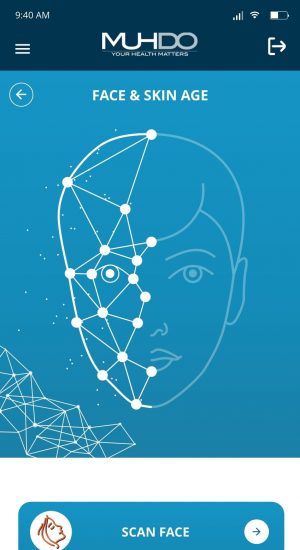

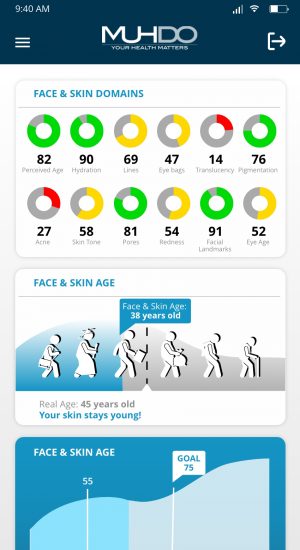
By taking a simple photo of your face through the Muhdo app we analyse 12 key skincare factors such as hydration, skin tone, wrinkles, pores, acne, eye bags and perceived skin age, which has crucially been trained on millions of skin and face images with the latest AI technology.
This provides you with a fantastic amount of information to help you improve your skins health and appearance.
Your saliva sample is analysed by our custom technology where we look at 1,000 genetic areas and provide over 300 DNA outcomes – more than any other DNA health profile. We report on 5 core health areas with an additional 12 Key Health Insights.
Muhdo is at the forefront of direct to consumer epigenetic science. Epigenetics allows you to understand and track how your lifestyle and environment affect your genes.
Using progressive Epigenetic science our advanced bioinformatics can calculate your exact age, and our experts can recommend ways to improve your health based on your results. Would you like to reverse the ageing process with an epigenetics test?
We understand that you have given us the responsibility of analysing your DNA, and we take that responsibility very seriously. Your saliva sample is in safe hands as soon as you send it back to us. The process of analysis and storage is undertaken by global leaders in bioanalytic technology who undergo strict quality assurance protocols.
We do not collect any blood from you, so there are no needles involved. All that is needed from you is a small saliva sample that you send back to us in a pre-paid envelope.
Choose the kit that’s right for you and follow these simple steps to begin your health journey.
Muhdo is trusted by elite athletes, Olympians and professional sports people to improve their performance and their overall wellbeing. Discover how a simple saliva analysis can unlock your genetic gifts
Muhdo is the first company in the world to offer commercial epigenetic tracking. Being at the forefront of health science means people want to talk about us.

The All Party Parliamentary Group (APPG) for Longevity was put together to address scientific, technological and socio-economic issues concerning Britain’s ageing demographic. Muhdo is proud to sponsor and assist The APPG for Longevity.
In the event that your sample is lost in transit, we are happy to send you a replacement kit free of charge. Should you suspect, that your sample was never received by us, please get in touch with us as soon as possible. This might be the case, if you have not heard anything from us within 2 weeks after sending your sample back to us. In case of more than 2 lost samples, we might ask you for an alternative address to send the replacement kit to.
You get everything in DNA Lite as well as
By taking a photo of your face through the Muhdo app we analyse 12 key skincare factors through the latest AI technology such as hydration, skin tone, wrinkles and perceived skin age.
This provides you with a fantastic amount of information to help you improve your skins health and appearance.
By taking a photo of your face through the Muhdo app we analyse 12 key skincare factors through the latest AI technology such as hydration, skin tone, wrinkles and perceived skin age.
This provides you with a fantastic amount of information to help you improve your skins health and appearance.
Brain Training calculates the rate to which your brain and cognitive health are functioning based from a variety of brain games and your cognitive skills.
This will then provide you with an overall BrainCognitiveAge Score, which you can then look to improve through regular Brain training and exercises.

Your entry into the world of DNA discovery. Uncover the truth about your body.
100+ DNA Health Insight Reports, plus a DNA aligned workout planner and My Training Area including a huge video library.

Go beyond genetics with Epigenetics. Track how your lifestyle affects your genes!
Our complete genetic wellness package, discover and lower your biological age and reverse the effects of cellular ageing.

Uncover new Health and Wellbeing Insights with a monthly subscription to DNA 12.
Over 40 new health aspects are available – with new aspects being released each and every month for the duration of your subscription.

Discover 12 key skincare factors using the latest AI technology. Help you improve your skins health.
Calculate the rate at which your brain and cognitive health are functioning and perform regular Brain training exercises.

